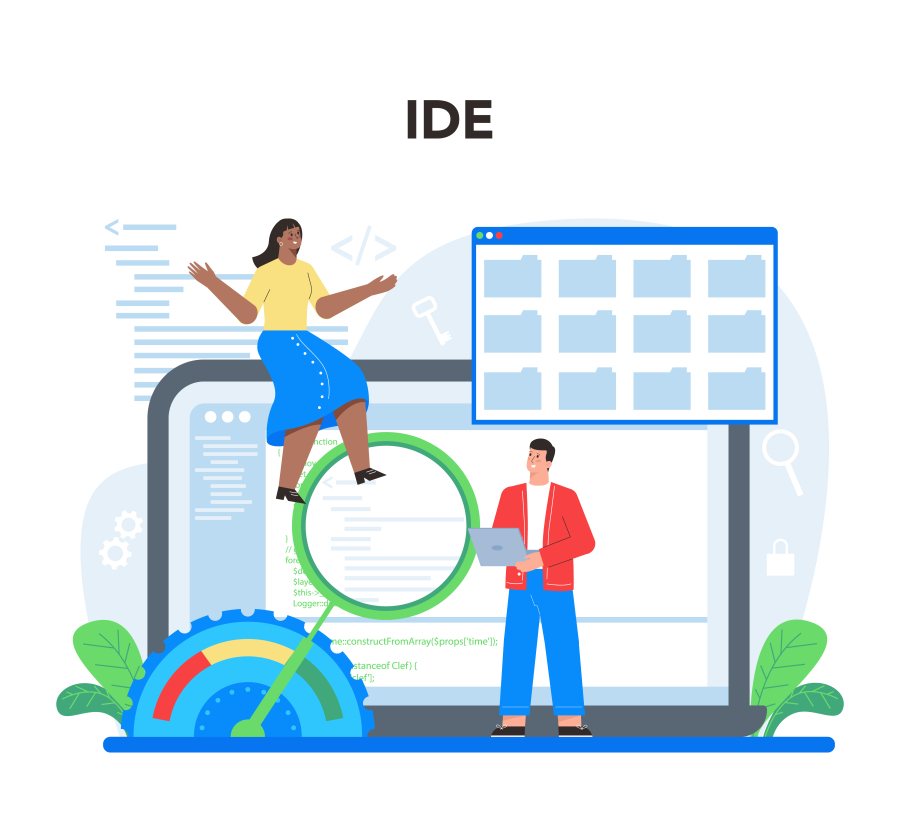Best Practices for Managing Freelance Payments
As a freelancer, managing your payments efficiently is critical to maintaining a stable cash flow and ensuring the financial health of your business. With varying income streams, fluctuating client deadlines, and the challenge of late payments, it’s essential to have a system in place for handling freelance payments. In this guide, we’ll explore the best practices that can help you streamline your payment process, get paid on time, and avoid common pitfalls.
Long Description
Best Practices for Managing Freelance Payments: Essential Tips for Success
Managing freelance payments can be tricky, especially when you're juggling multiple clients and projects. Implementing best practices for payment management not only helps you maintain cash flow but also builds professionalism and trust with your clients. Here are the top practices every freelancer should adopt for better payment management:
1. Set Clear Payment Terms Upfront
One of the best ways to avoid payment issues is to establish clear payment terms with your clients before starting any project. Include the payment due date, the accepted payment methods, and the invoicing schedule in your contract. Be specific about late fees or interest charges for overdue payments to ensure clients understand your expectations.
2. Use Invoicing Software or Templates
Manual invoices can be time-consuming and error-prone. Use invoicing software or templates that automate the process and ensure consistency. Tools like QuickBooks, FreshBooks, or even free templates from Google Docs can help you create professional invoices quickly. These tools can also track payments, send reminders, and generate reports for tax purposes.
3. Invoice Promptly and Regularly
Don’t wait too long to send invoices. As soon as you complete a project or reach a milestone, send an invoice immediately. Regular invoicing improves cash flow and helps you avoid payment delays. Establish a routine for invoicing—whether weekly, bi-weekly, or monthly—so clients know when to expect them.
4. Accept Multiple Payment Methods
Different clients have different preferences when it comes to paying. Offering multiple payment methods can speed up the payment process. Include options like bank transfers, PayPal, Venmo, or even cryptocurrency if your clients prefer these methods. Be sure to clearly communicate the available options when discussing payment terms.
5. Set a Payment Schedule for Larger Projects
For larger, long-term projects, break down payments into smaller, manageable installments. This could be based on project milestones or a monthly retainer. This approach not only ensures that you’re paid throughout the project but also reduces the financial risk in case a client defaults.
6. Use a Contract for Every Project
Contracts are essential for protecting both you and your clients. Ensure your contract includes detailed payment terms, such as the payment amount, due dates, and penalties for late payments. A contract formalizes the agreement and helps resolve disputes if payment issues arise.
7. Offer Early Payment Discounts or Late Payment Fees
Incentivize timely payments by offering discounts for early payments or impose a late payment fee to encourage clients to pay on time. For example, you could offer a 5% discount for payments made within 10 days or charge a flat fee for every week a payment is overdue.
8. Send Payment Reminders
It’s common for clients to forget or delay payments. Sending polite payment reminders can help. Automated reminders can be set up through your invoicing software, or you can send a personal follow-up email to gently remind clients of outstanding payments. Be courteous but firm to maintain professionalism.
9. Track Your Payments and Expenses
Keep a record of all payments received and any outstanding invoices. Monitoring your payments will allow you to spot trends, identify overdue accounts, and track your financial health. Tools like accounting software or a simple spreadsheet can help you stay organized.
10. Secure Your Payment Information
For security purposes, protect sensitive financial details by using trusted and secure platforms for processing payments. Avoid sharing payment information via email, and ensure you’re using encrypted platforms when managing transactions online.


 by Emily
by Emily




